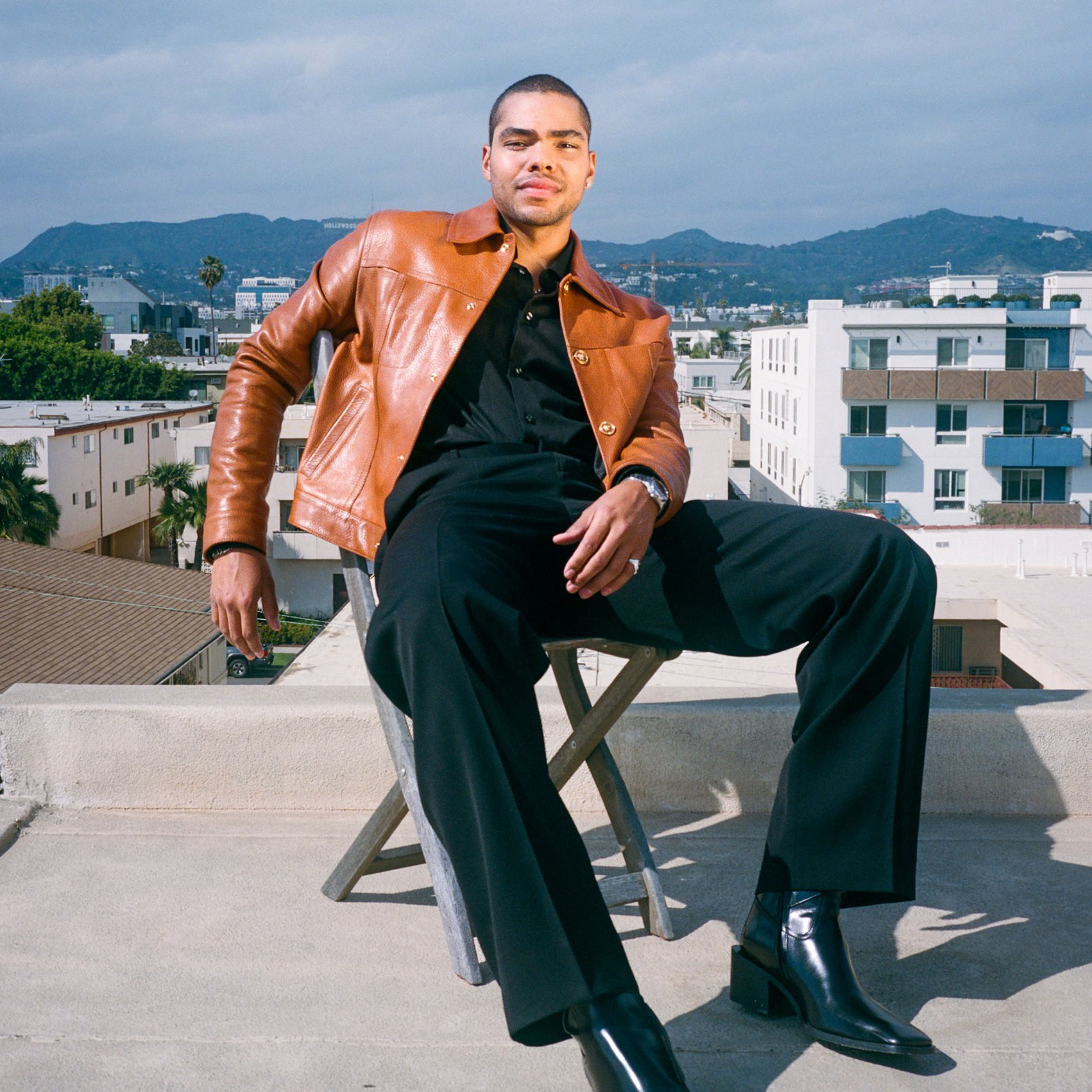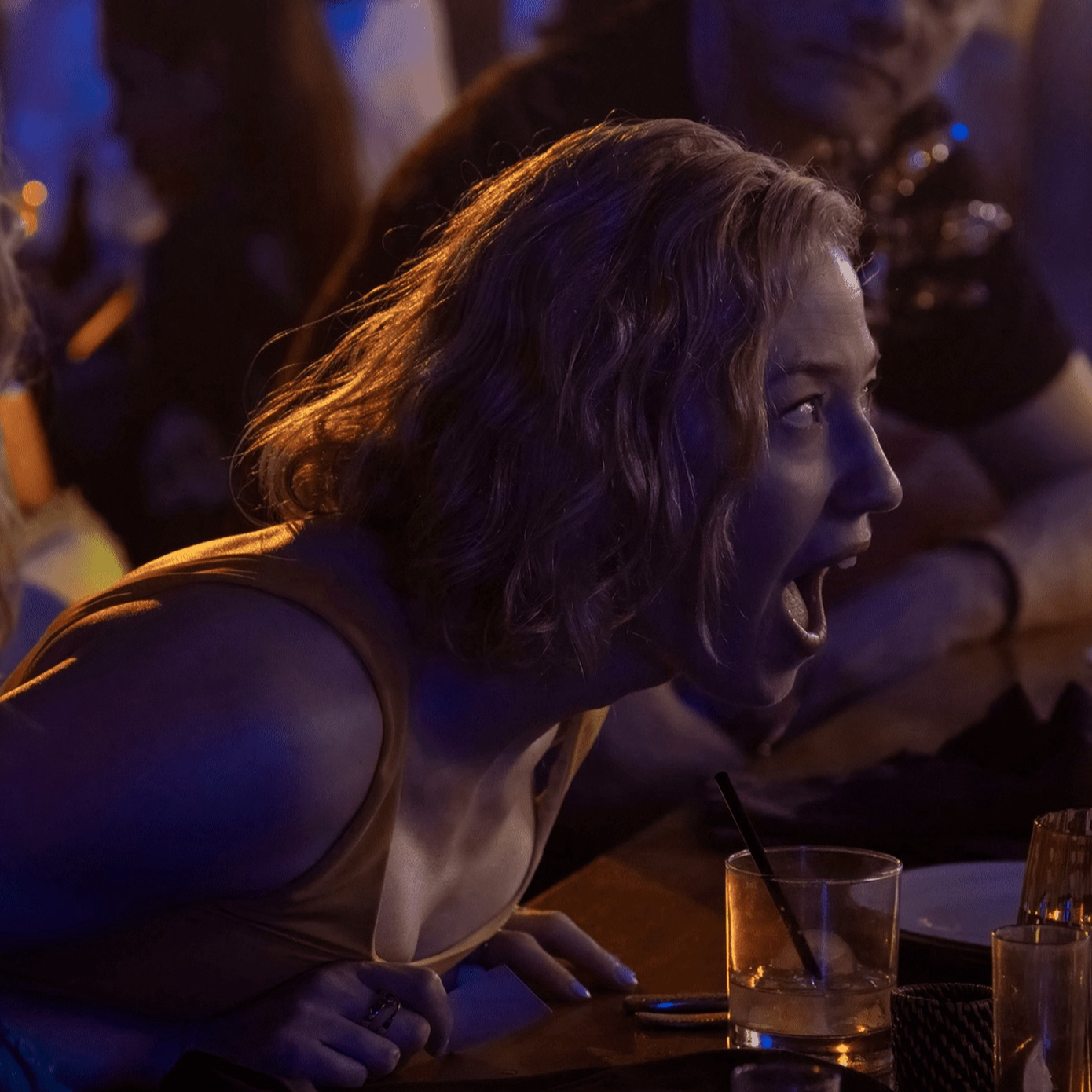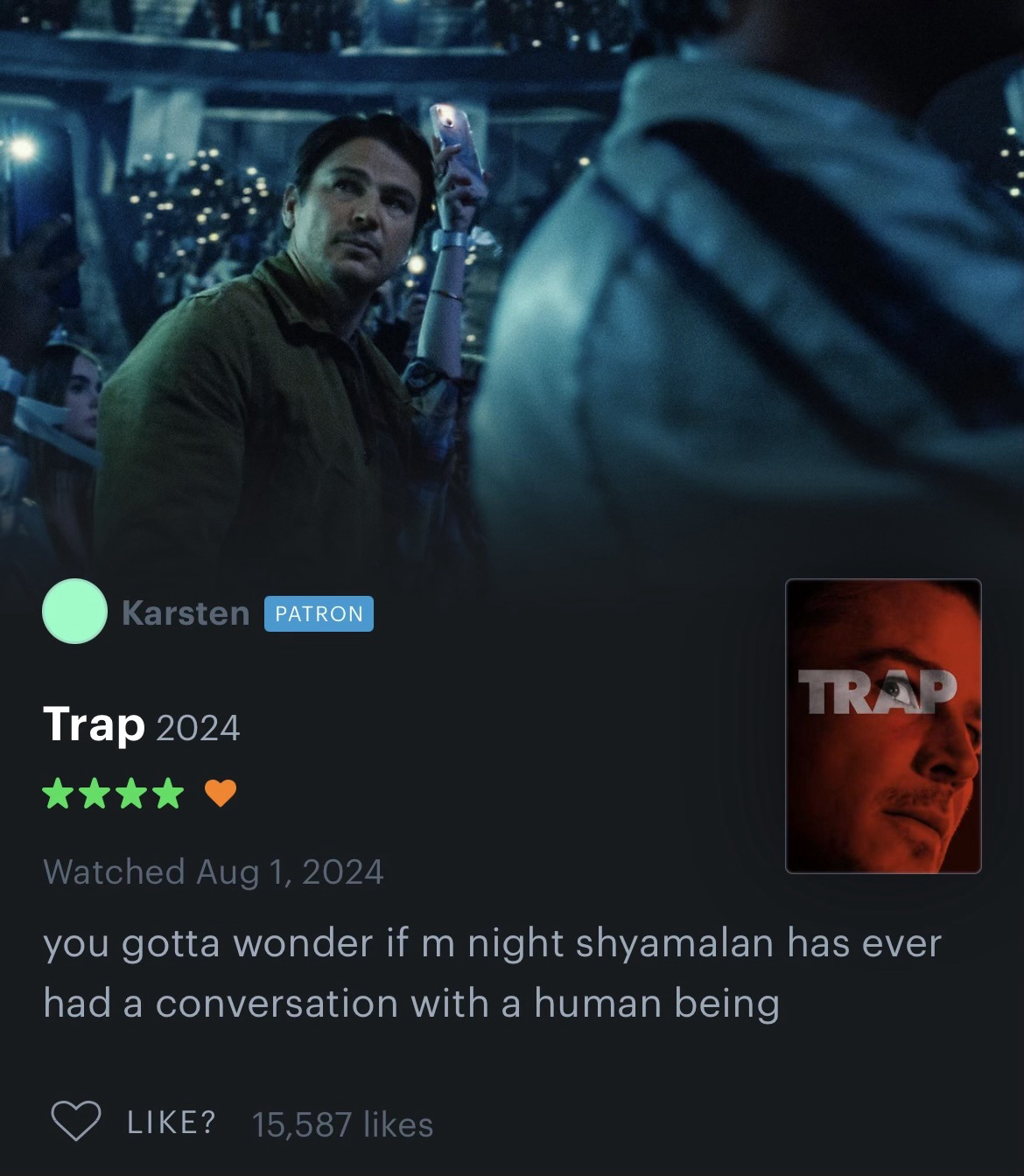
“I'm doing this really stupid challenge this year called Monkey Mondays,” Karsten Runquist tells me. The Chicago-based aspiring filmmaker and YouTube behemoth—his channel boasts 700,000 subscribers—has been watching movies about or featuring monkeys for 34 Mondays now, logging them on the popular film review platform Letterboxd. Think King Kong and Planet of the Apes, as well as Disney’s Monkey Kingdom and something called Max My Love. For each, he issues the kind of short, pithy appraisal that has become his trademark, and that of the platform at large. Of Queen Kong, he writes, simply, “Pretty bad!”
Since its founding by web designers Matthew Buchanan and Karl von Randow in 2011, Letterboxd has amassed more than 15 million users, up from just under two million in 2020. Half of its massive audience is under 35 years old, and of that group, more than half are between 16 and 24. For a moment, Runquist, 26, was Letterboxd’s most-followed user (he currently boasts 196,477 enraptured fans). That is, until Martin Scorsese joined and overnight acquired an even more substantial following (now standing at 377,128). The pair represent profoundly different age demographics but their preferences are emblematic of the user base writ large: unique, varied, and often indie or auteur.
At a moment when box office revenue has still not recovered from the pandemic and legacy industries are trying desperately to appeal to Gen Z, Letterboxd would seem to offer a case study for what kind of entertainment they want. Yet the slate of programming that Hollywood studios have lined up tells an altogether different story.
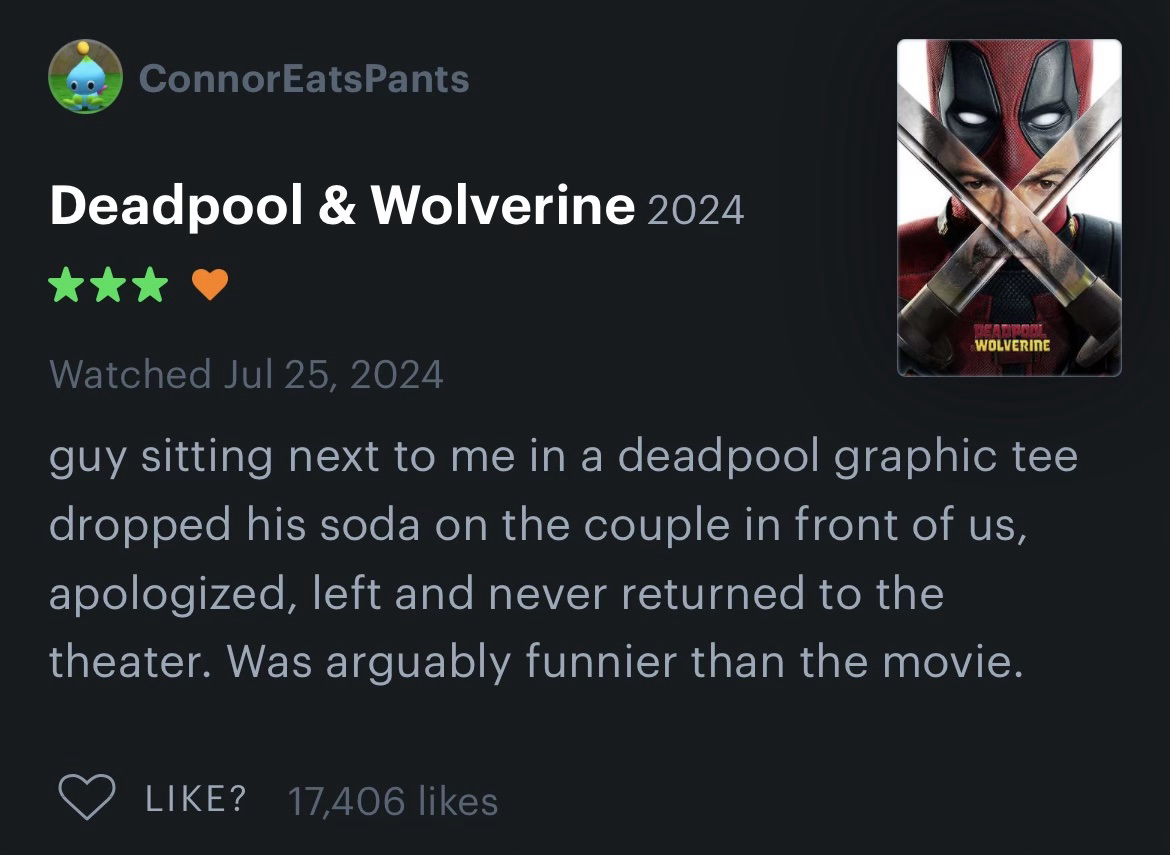
“The biggest trend right now, unfortunately or fortunately, is non-original content: sequels, remixes, spinoffs, and stuff like that,” says Statista cinema and film research expert Laura Carollo, who is based in Hamburg. “Video game adaptations is where it's at right now. Money is made there.”
After an anomalous year in 2023—when studios found unexpected success with everything from blockbusters like Christopher Nolan’s Oppenheimer and Greta Gerwig’s Barbie to indies including Yorgos Lanthimos’s Poor Things, Celine Song’s Past Lives, and Danny and Michael Philippou’s horror flick Talk To Me—the industry response has been a return to form, rather than the embrace of a new, post-Marvel era.
The success of Letterboxd points to a shift in film consumption culture—rather than binging on endless sequels, these enthusiasts are looking to track down original storytelling. This sensibility is poised to become even more significant: according to Carollo, 40 percent of Gen Zers are “avid” movie fans, a proportion she deems “bigger than expected” for that age range.
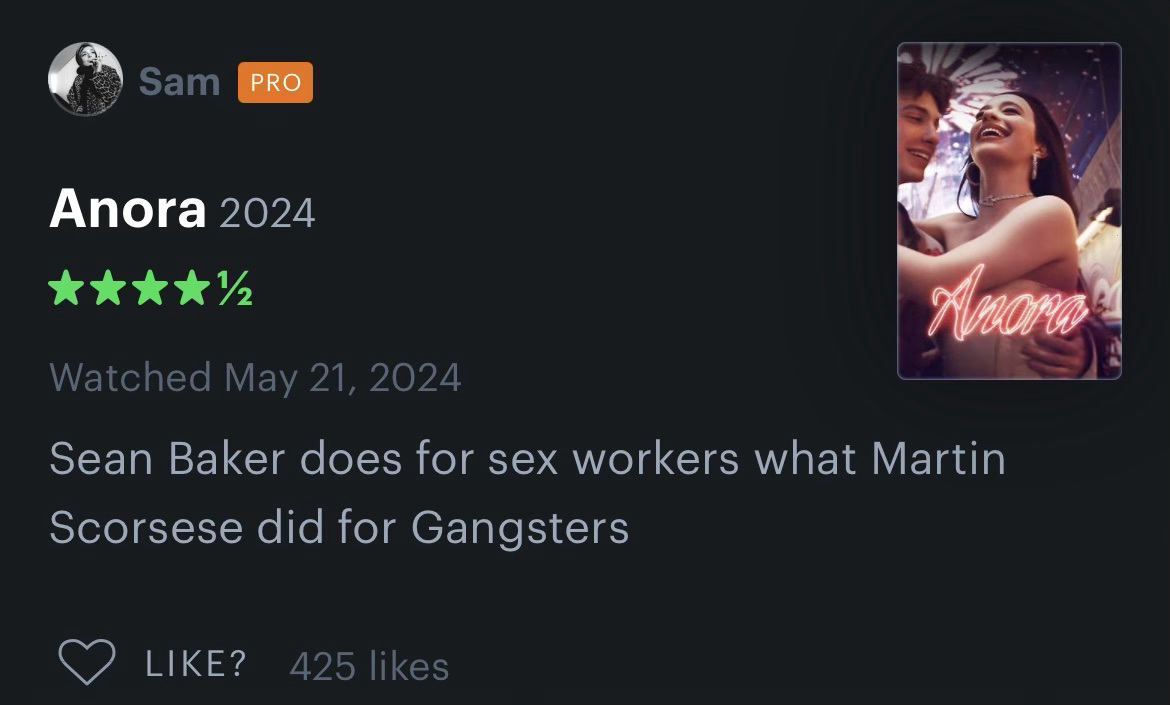
“To some people, [the film canon] feels like homework and like kind of a sludge to get through, but Letterboxd made it fun in that they've turned it into a vibe thing with these lists,” says Runquist, referring to the app’s popular section where users can tick off the “Official Top 250 Narrative Feature Films” (number one: Harakiri), “Horror Movies Everyone Should Watch at Least Once” (including Pearl, Evil Dead, and Creep) or even the “i’m a girl and i’m insane cinematic universe” (to wit: Thirteen and Gone Girl).
Instagram and TikTok, two of the most widely used apps amongst Gen Z, hold significant sway when it comes to shaping algorithmic trends, film or otherwise. In fact, Carollo found in one study that 72 percent of Gen Zers note social media as their source for information about upcoming movies and TV shows. What sets Letterboxd apart from other platforms is the unique way its interface prompts users to interact with its store of data, which encourages them to look throughout film history rather than channeling their attention exclusively toward the new. The app has become known for “gamifying” the film-watching experience, turning casual viewers into fierce consumers with its checkbox-ticking logs and extensive lists.
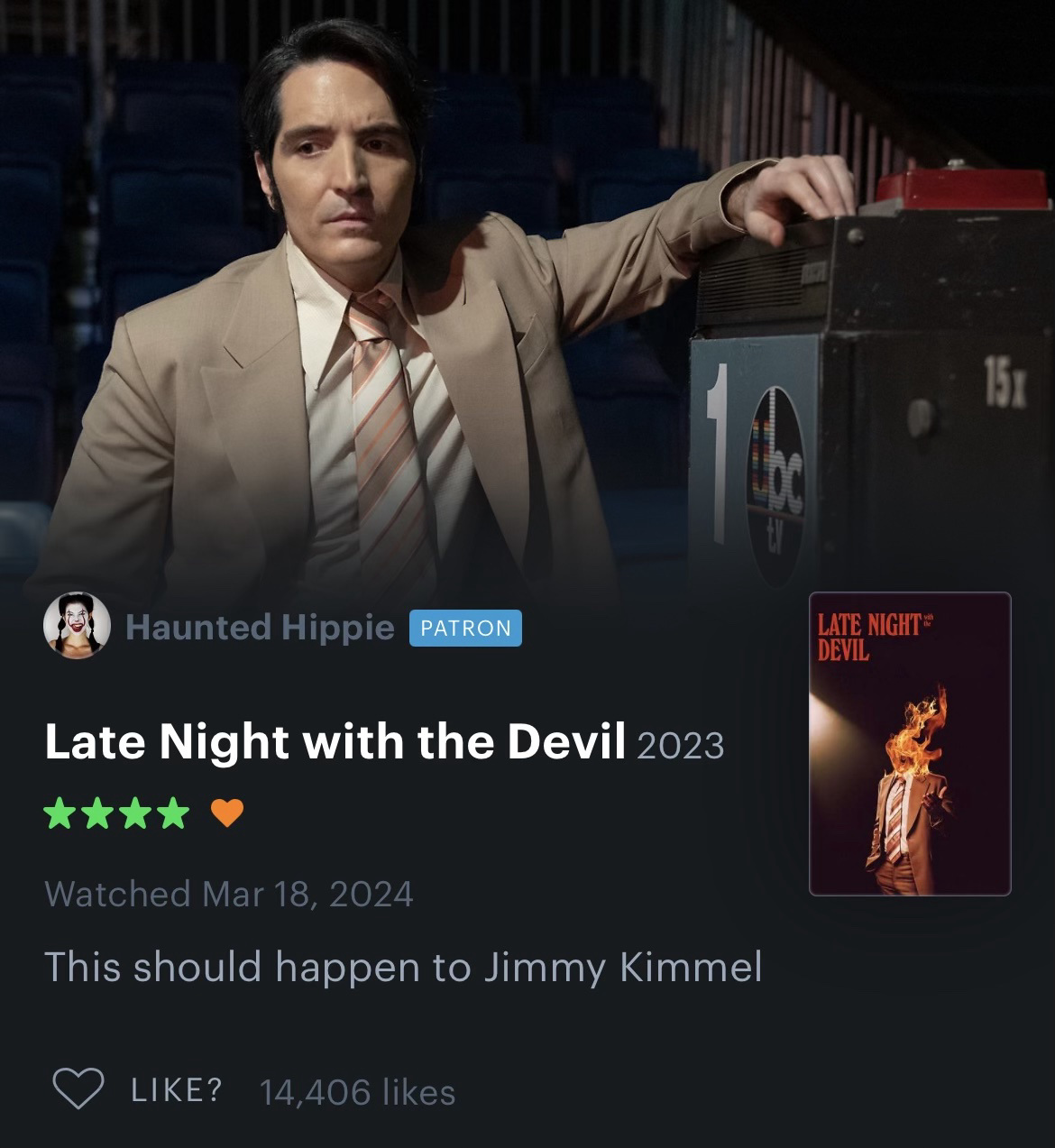
Jay Bennett, a 25-year-old London-based movie poster designer and another of the app’s most popular reviewers, characterizes the platform as “the best place online at the moment for anyone that has an interest in film.” He has become something of a master of the vibe-based list with hits including “the white man in a baseball cap and beard forms a bond with a child saga” (Stillwater, Palmer, etc.), “a character stamps on a rusty nail midway up a staircase” (featuring Home Alone and A Quiet Place), and “michael cera goes to extreme lengths to get laid” (including Scott Pilgrim, Juno, and Superbad, among others) He has 54,096 followers.
“My brain is so wired to remember these random, specific things,” he laughs. “I do a lot of digging on [Letterboxd]. It's my main source of trivia and finding out who's in things and what director made that and who did the music. When I'm just watching something, I like to go down the list of who's in that and then that kind of creates a spider's web. It’s how I've approached this year in watching films.”
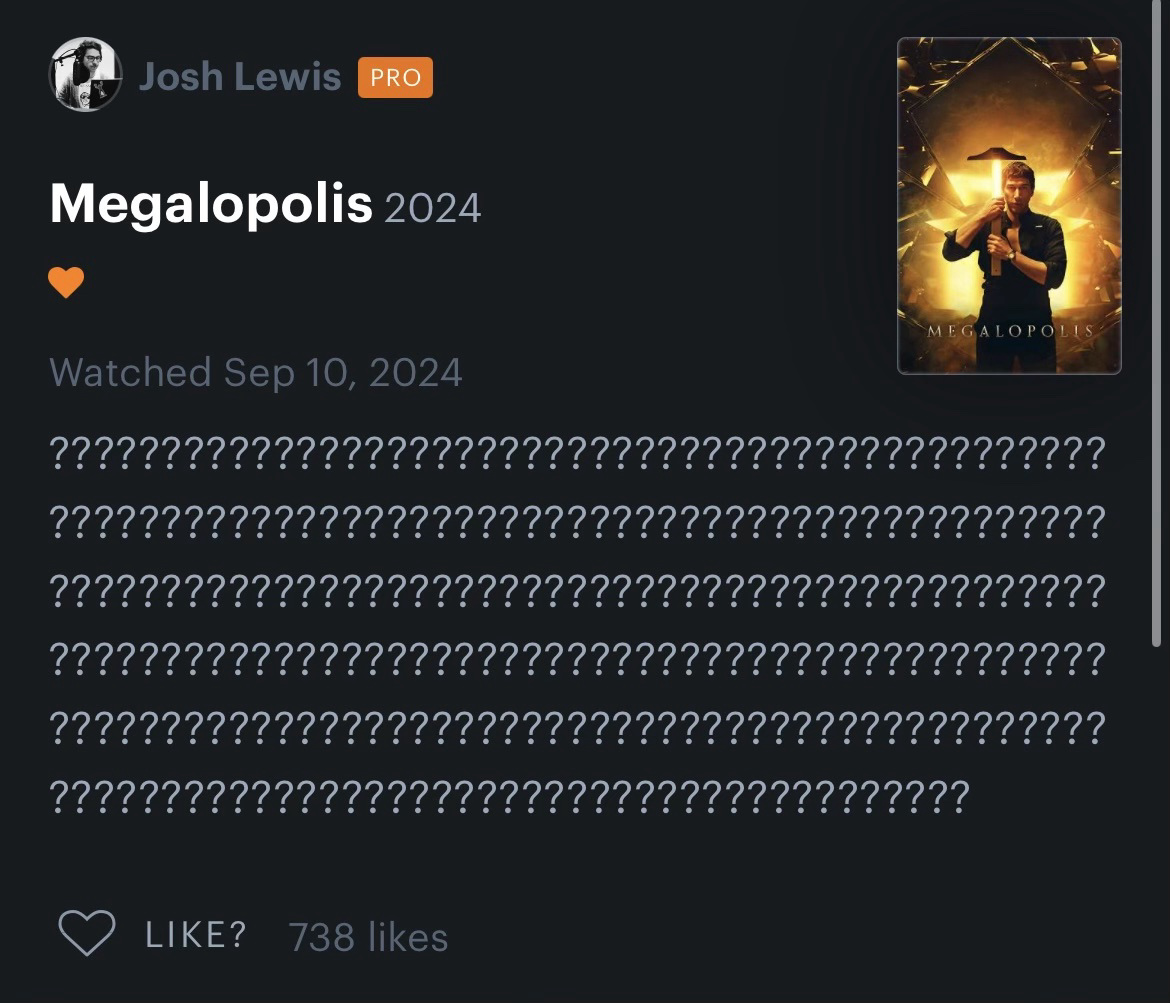
Letterboxd Editor-in-Chief Gemma Gracewood, who oversees the platform’s editorial branch, calls this discovery phenomenon the “Twilight to The Lighthouse pathway,” and describes the platform as a “kind of unofficial film school.” “Someone might come to Letterboxd to post their thoughts on the Twilight series, begin exploring Robert Pattinson’s filmography, and discover the films of Robert Eggers [the director of the 2019 indie The Lighthouse]. Or, they’re a massive Greta Gerwig fan, and through her Barbie watchlist they find their way to the pictures of Jacques Demy, George Cukor, [or] Powell and Pressburger, which feel as fresh today as ever. That can be a revelation to the fledgling cinephile and the next minute, they’re signed up to the Criterion Channel and meeting friends to see classic films in 35mm at their local art house.”
The most-logged films on the platform are a fascinating mix: Fight Club, Joker, Barbie (of course), Parasite, and Interstellar. Of the last, one of the most popular reviews reads, “watched on my 13 inch macbook air just as christopher nolan intended <3.” In 2017, Gracewood recalls Lady Bird and Call Me by Your Name as the films that began the torrent of users to the app, built upon in 2019 with the release of two more critically acclaimed originals: Parasite and Portrait of a Lady on Fire. The push that broke the dam came in 2020, when the pandemic provided stay-at-home time for those looking to catch up on the canon, and a need for digital connection.
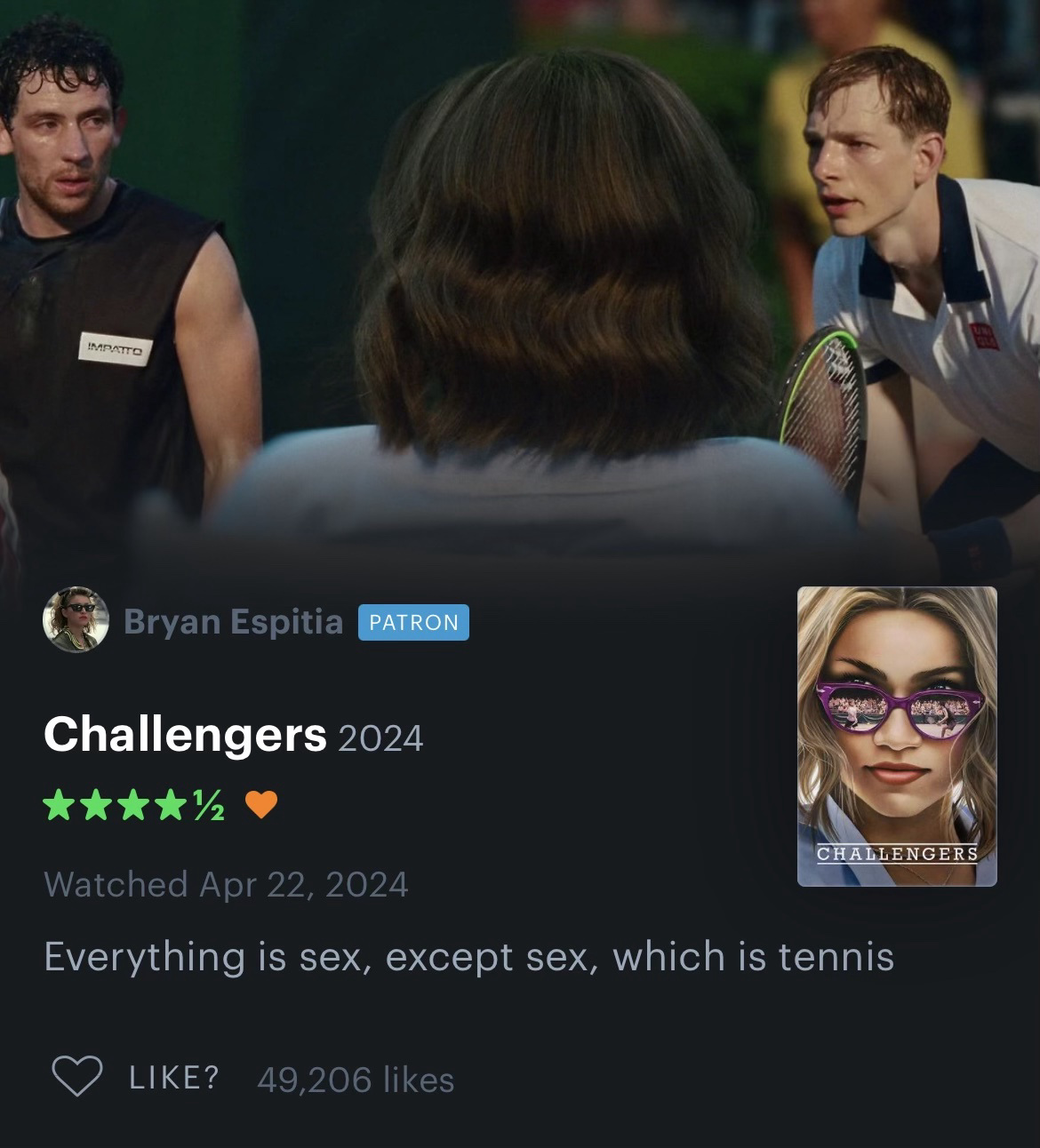
Bennett defines Letterboxd users’ preferred genre as the “auteur-driven blockbuster.” “They appreciate the craft and how much work is underneath it,” he says, harkening back to the platform’s origins as an industry hangout. Alongside young film students and buffs like Ruinquist and Bennett, early users were largely critics, crew members, and filmmakers. Over the years, casual references to private or public accounts have been dropped by the likes of Sean Baker, Ayo Edebiri, and Edgar Wright; IndieWire’s Chief Critic David Ehrlich, who joined in 2012, remains one of the most popular users.
Despite this cultural momentum, no original mid-budget film has cracked the top 10 of the worldwide box office so far this year, while Inside Out 2, Deadpool & Wolverine, and Despicable Me 4 reign. “It's a vicious circle,” says Carollo. “[At Disney,] Frozen has 9.9 times return on investment. So, we are getting Frozen three, four, five until it dries out. Mufasa is coming out in December. It’s so interesting because I don't think many people asked for it.”
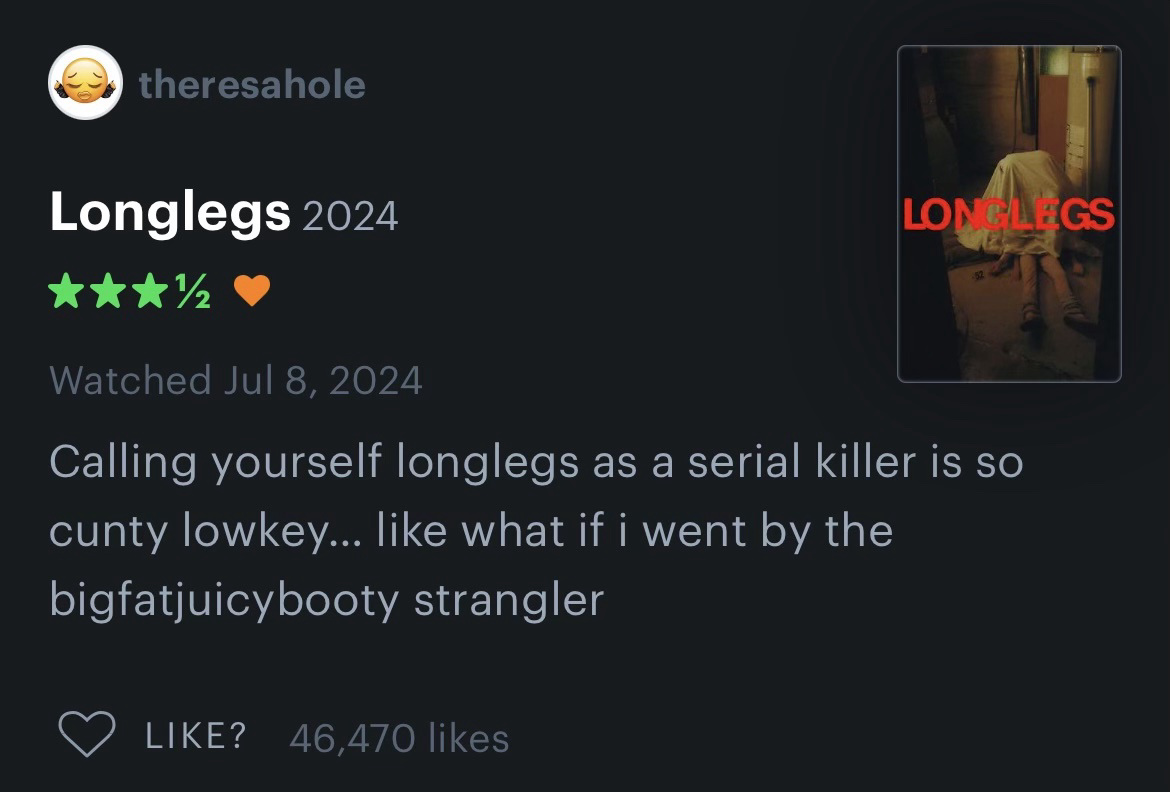
Slightly further down the box office hit list are a number of films that continue to dominate Letterboxd’s “Popular This Week” section: Neon’s Longlegs, A24’s Civil War, and Amazon MGM Studios’s Challengers. The key to a film’s box office success these days, argues Carollo, is virality. And as film culture permeates in the wake of Barbenheimer and Challengers summers, creating a moment around heading to the theater, or even streamer, is becoming essential for maintaining one’s position in the conversation.
It’s risky, studio executives must think, to bet on the cultural cachet of cool while cash flow is tight—but is it really? As the most frequent movie-goers, Gen Z is the demographic to capture. The question to ask is: What do they really want to see? “Yeah,” Carollo sighs. “There’s kind of a cognitive dissonance around that.”

